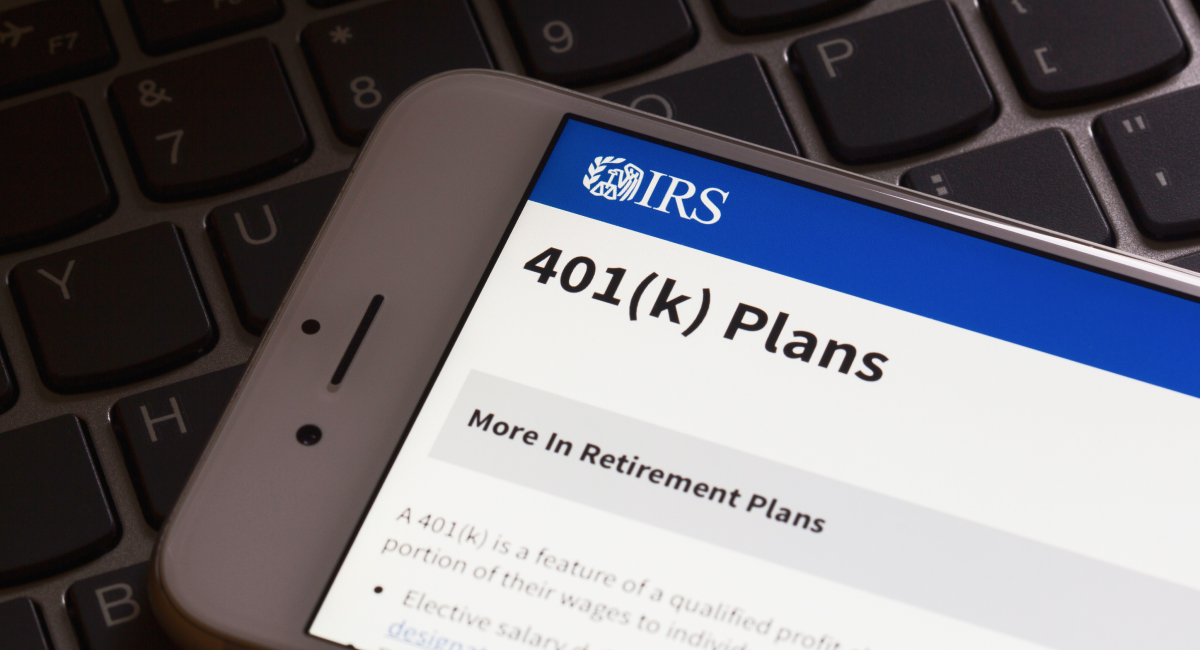By Eric Satz, Founder & CEO of Alto
On August 7, a new executive order was issued that I believe has the potential to reshape the future of retirement investing in America.
The order directs the Department of Labor (DOL) and Treasury to broaden fiduciary guidance, create new safe harbors, and expand the list of assets eligible for inclusion in 401(k) plans. At its core, this move is aiming to democratize access to private markets.
To me, this executive order indicates a meaningful turning point. It is the first step in paving the way for investors to access private markets such as private equity, real estate and venture capital, which have historically been reserved for institutions and high net worth investors. For those of us who have long believed that access should be based on investor knowledge, not net worth, this is both a validating and captivating shift to watch unfold.
The Case for Alternatives in Retirement
Historically, traditional retirement accounts have been centered on investments in public equities and bonds. While I still view these as essential building blocks of a balanced portfolio, I also believe that relying too heavily on them can leave investors vulnerable to market volatility and limited growth potential.
That’s where private markets come in. Private equity, venture capital, hedge funds, infrastructure and real assets like commercial real estate and farmland offer return profiles that behave differently than stocks or bonds. As we saw in Alto’s recent research on the future of retirement, investors are beginning to see these alternative asset classes as critical additions to their portfolios.
Potential benefits of private markets investments for individual investors, include:
- Uncorrelated returns that help smooth portfolio performance across market cycles;
- Exposure to innovation and growth opportunities that aren’t available in the public markets;
- A natural hedge against inflation through tangible assets like real estate; and
- Long-term portfolio durability and increased diversification.
I have long believed that building a robust retirement strategy increasingly means combining both traditional and alternative holdings. The new executive order is a step in the right direction: It’s designed to help more Americans build portfolios that better reflect the diversified strategies already proven successful among institutional and high-net-worth investors. And with that comes the start of an exciting juncture in retirement savings.
4 Reasons We’re Excited About Private Market Investing for Retirement
In creating Alto, we’ve made it possible for everyday investors to access private markets through self-directed IRAs (SDIRAs). We’ve built a streamlined way for people to invest in private companies, private equity and venture capital funds, private credit and more using savings from their Traditional or Roth SDIRAs. But building the platform to invest is only part of the equation; in order for people to fully buy in, we need to further expand access to these opportunities and the necessary education to guide smart investment choices. By increasing educational resources and investment choices, we can improve the overall outlook for long-term financial security in retirement.
1. A Milestone for Financial Inclusion
One of the most important upsides of the executive order is its potential to bring real financial inclusion to retirement investing.
For decades, access to alternatives has been limited to accredited investors who meet steep income and net worth thresholds. By establishing fiduciary guidelines for plan sponsors, the new policy can open the door for mainstream 401(k) providers to begin offering alternatives to everyday investors.
Whether through employer plans or self-directed IRAs, expanding access to alternatives increases the potential for a stronger financial future for everyone.
2. Strengthening Diversification and Resilience
This shift also reinforces something I’ve believed for a long time: Diversification is fundamental to retirement security. Just like pensions have long used alternative assets to balance and strengthen their portfolios, individual investors now have the chance to follow that same, proven playbook.
Diversification, including alternatives, has earned its place in retirement portfolios. And self-directed IRAs are uniquely positioned to help individuals build that kind of long-term durability with access to real and other alternative assets.
With long-term changes to economic, geopolitical and market dynamics underway, resilient retirement strategies are in need of new tools to mitigate portfolio volatility. Achieving diversification that effectively reduces concentration risk and better guards against the volatility that can come with public markets calls for looking beyond traditional allocations.
3. Expanding Choice and Transparency
To me, opening the door to alternatives is about more than returns; it’s about giving people real choices for investing in a variety of asset classes with the potential for meaningful returns in industries that they believe in. When platforms like Alto offer transparent, user-friendly access to assets like cryptocurrency, real estate and private equity, investors are better equipped to take control of their financial futures.

Despite their rising popularity, these three asset classes may seem complex or opaque to many investors, but that’s why this development is so crucial. We’re aiming for increased transparency and accessibility through education and performance data as the antidotes to the outdated perception that alternatives are too complex for everyday investors. It’s time we make these opportunities visible and viable for everyone.
4. Alignment of long-term vehicles with long-term assets
While illiquidity is one of the key risks cited with regards to investing in private markets, it can actually be a benefit when paired with the right investment vehicle. With retirement plans and private markets, the duration matching is baked in: Investors can allocate money to private investments with longer holding periods that can naturally line up with the time in life when they plan on using those funds for retirement.
By aligning between these two time horizons, investors can better manage the impact of market volatility over time and participate in the private markets in a way that creates liquidity when it’s actually needed.
Looking Ahead
The road from executive order to real, tangible impact won’t be immediate. There’s still plenty of work ahead to build the frameworks that will make these changes truly accessible to everyone who’s eligible. But the direction is clear: Alternatives are moving from the sidelines into the mainstream of retirement investing.
For investors, this shift makes one thing especially apparent: Education is critical. Private markets and alternative assets can offer meaningful benefits, but they also come with unique risks and require careful due diligence. With the right guidance, transparency and tools, I believe the promise of stronger, more resilient retirement portfolios is finally within reach for many more Americans.





